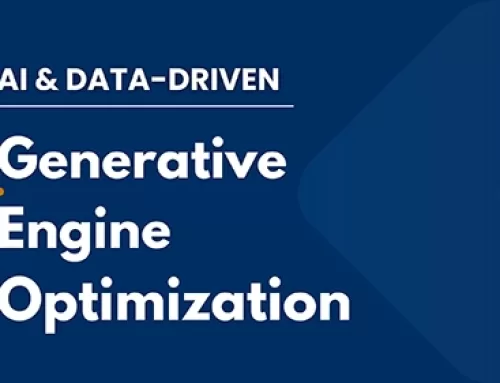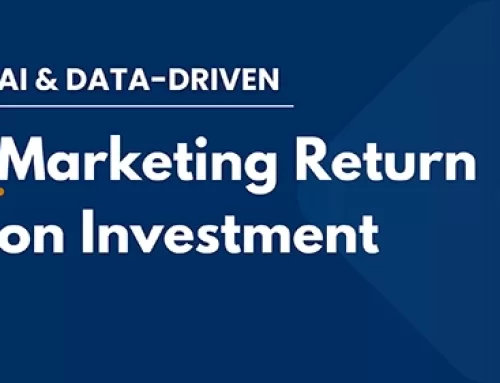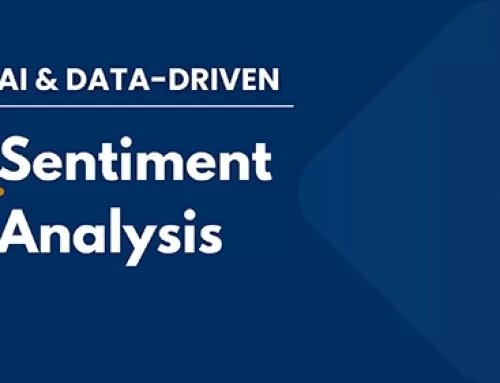One of the most common machine learning algorithms is linear regression. It is a supervised learning algorithm, meaning it learns by being trained on labeled data. Stick with me on this for a moment.
In linear regression, the algorithm learns to draw a line (or, in higher dimensions, a hyperplane) that best fits the data points. This line can then be used to make predictions for new, unseen data points.
For example, linear regression could be used to predict housing prices based on factors like size, location, and number of bedrooms. The algorithm would be trained on data of past house sales, and then use that information to estimate the price of a new house.
So, what does that have to do with marketing your business?
Linear regression offers a very powerful toll for marketing teams to analyze data and make data-driven decisions. Here are some ways it can be applied:
- Predicting Sales and Demand:
- By analyzing historical sales data alongside factors like advertising spend, pricing, and economic indicators, linear regression can predict future sales trends. This allows marketing to anticipate demand, optimize inventory management, and allocate resources efficiently.
- Understanding Customer Behavior:
- By examining customer data like demographics, purchase history, and website engagement, linear regression can help identify patterns in customer behavior. This can be used to segment audiences, personalize marketing campaigns, and predict customer churn (the likelihood of a customer stopping business).
- Optimizing Marketing Campaigns:
- By analyzing the effectiveness of different marketing campaigns (e.g., email marketing, social media ads), linear regression can help determine which channels and strategies yield the best results. This allows marketers to optimize their campaigns, maximize return on investment (ROI), and allocate resources towards the most effective tactics.
- Price Sensitivity Analysis:
- By analyzing historical sales data at different price points, linear regression can help estimate how price changes might impact demand. This information is crucial for setting optimal pricing strategies that balance profitability and customer satisfaction.
- Identifying Influential Factors:
- Linear regression can help identify which factors among various marketing efforts, customer demographics, or economic conditions have the most significant influence on a desired outcome (e.g., sales, brand awareness). This allows marketers to prioritize their efforts and focus on the elements that have the greatest impact.
It’s important to remember that linear regression assumes a linear relationship between variables, and its accuracy depends on the quality and relevance of the data used. However, when employed effectively, it can be a valuable tool for gaining insights from marketing data and making data-driven decisions.






Leave A Comment
You must be logged in to post a comment.